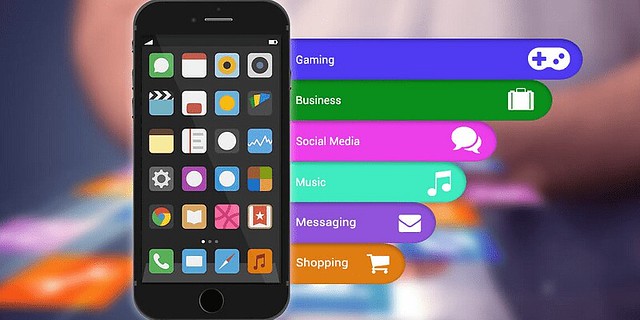
In today’s fast-paced digital world, businesses and developers are constantly seeking faster, more efficient ways to deliver high-quality mobile experiences across multiple platforms. Enter Flutter, Google’s open-source UI toolkit, which is changing the game for Cross-platform App Development.
What Makes Flutter Stand Out?
Unlike traditional cross-platform frameworks that rely on a bridge to communicate with native components, Flutter compiles directly to native code. It uses its own high-performance rendering engine, Skia, allowing apps to deliver a smooth, native-like experience without sacrificing performance.
Key Features That Set Flutter Apart:
-
Single Codebase: Write once, deploy anywhere. With Flutter, developers can build applications for iOS, Android, web, and desktop from a single codebase, significantly reducing development time and costs.
-
Hot Reload: Flutter’s hot reload feature enables developers to see changes in real time without restarting the entire app, greatly accelerating the development process and fostering creativity.
-
Customizable Widgets: Flutter offers a rich set of highly customizable widgets, empowering developers to create stunning UIs that feel native to each platform.
-
High Performance: Thanks to direct compilation to ARM or JavaScript code, Flutter apps deliver near-native performance, a critical advantage in user experience.
Real-World Impact
Major brands like Alibaba, Google Ads, BMW, and eBay have adopted Flutter to power their mobile apps, citing faster development cycles, better UI/UX consistency, and reduced costs as key benefits. Startups, too, are leveraging Flutter to quickly enter the market with polished, scalable apps.
Flutter’s Future Potential
As Flutter continues to evolve with regular updates, its ecosystem is expanding beyond mobile. Flutter for Web and Flutter for Desktop are rapidly maturing, suggesting a future where a single Flutter project could seamlessly run across all devices — smartphones, tablets, browsers, and PCs.
Moreover, with the rise of embedded devices and the Internet of Things (IoT), Flutter is being explored for applications in smart appliances, automotive dashboards, and more.
Conclusion
Flutter isn’t just another cross-platform solution — it’s a revolutionary shift in how developers think about building and maintaining apps. By offering a powerful, flexible, and future-proof toolkit, Flutter is paving the way for a new era of unified, high-performance app development across the digital landscape.